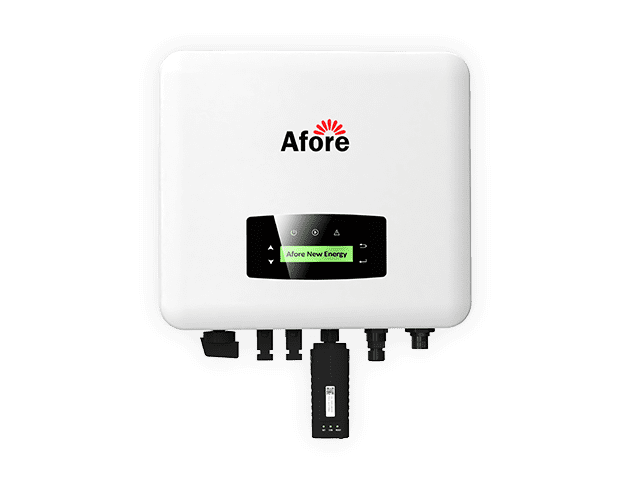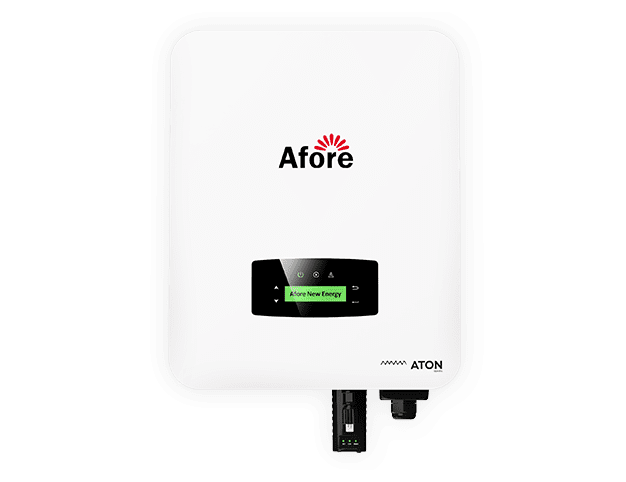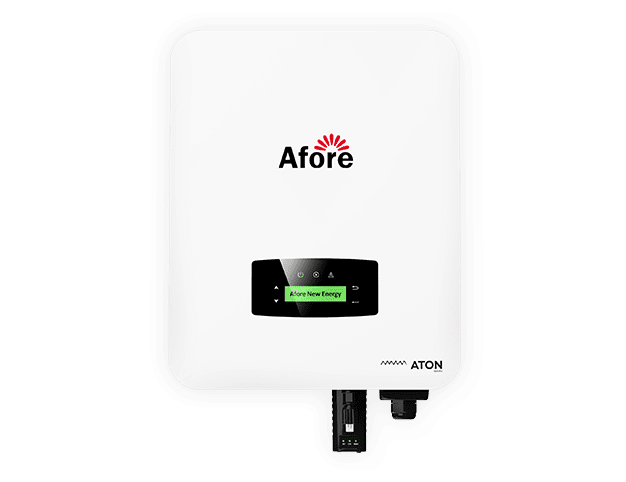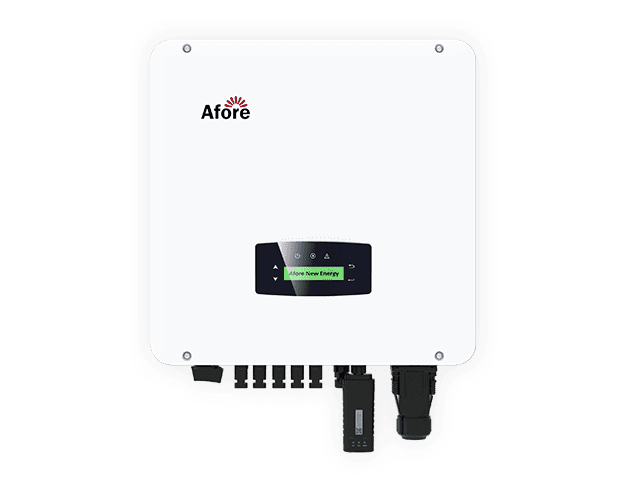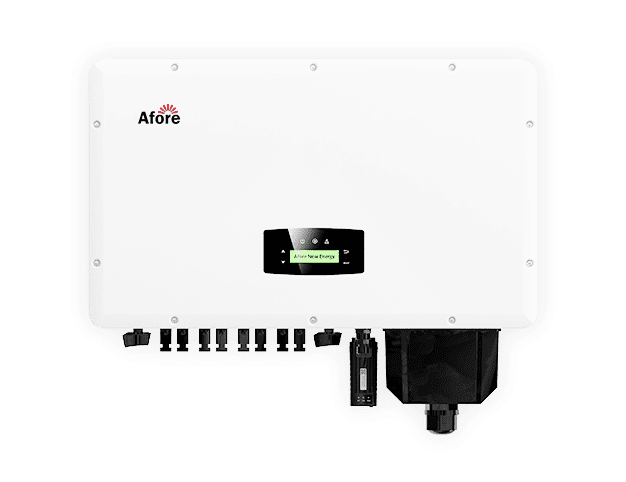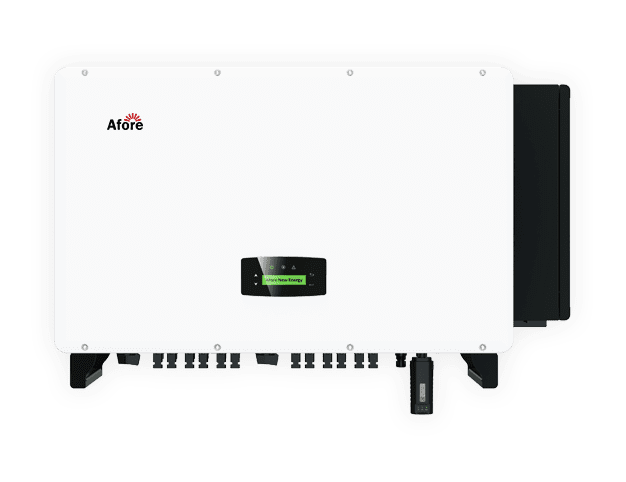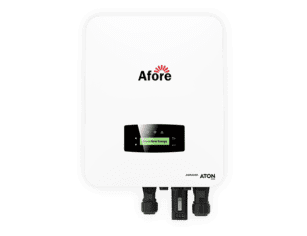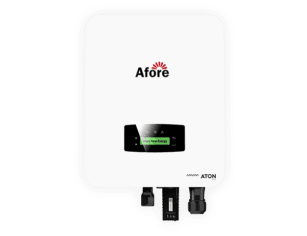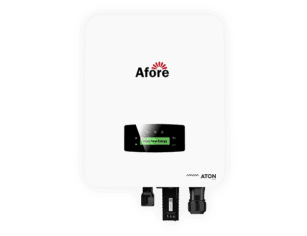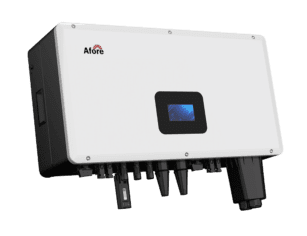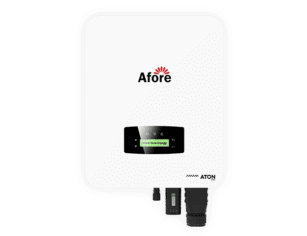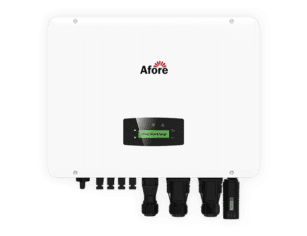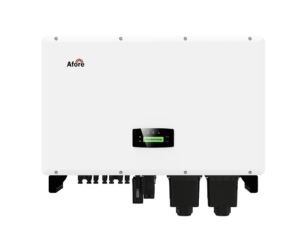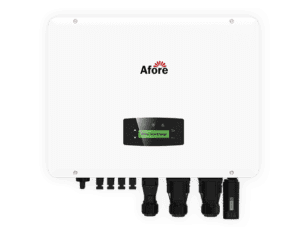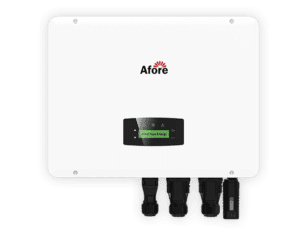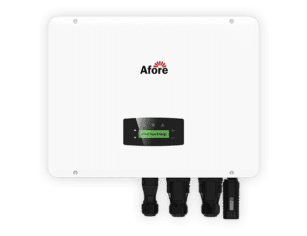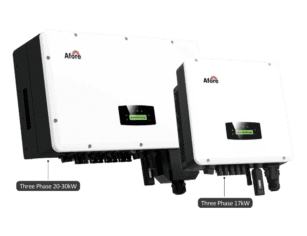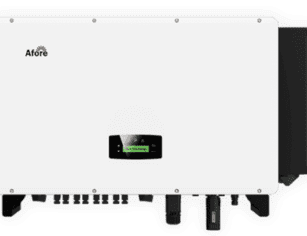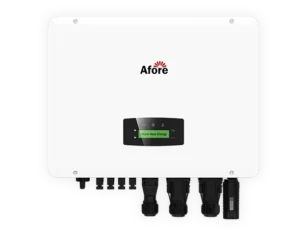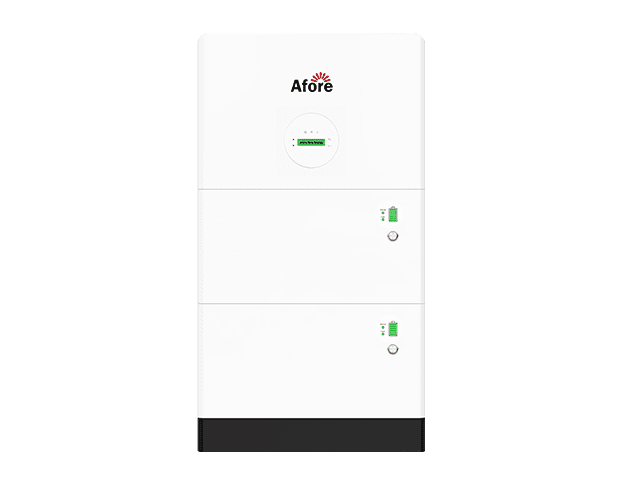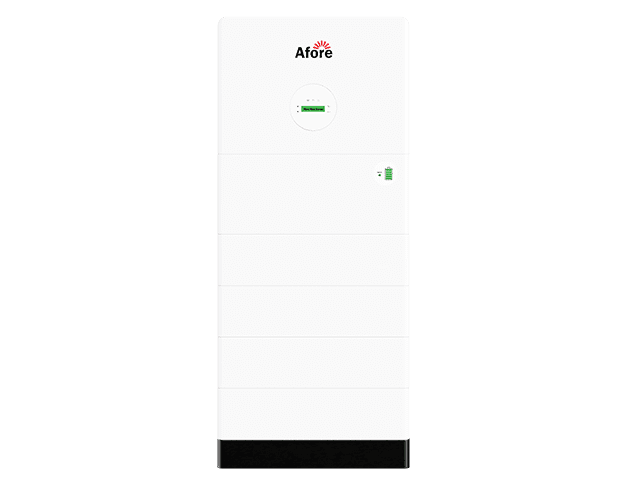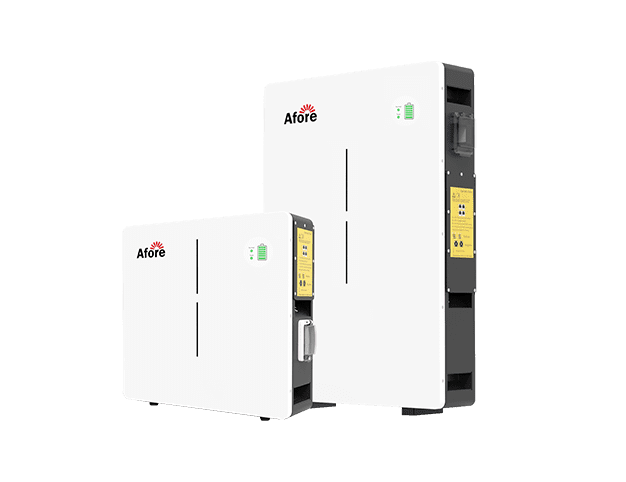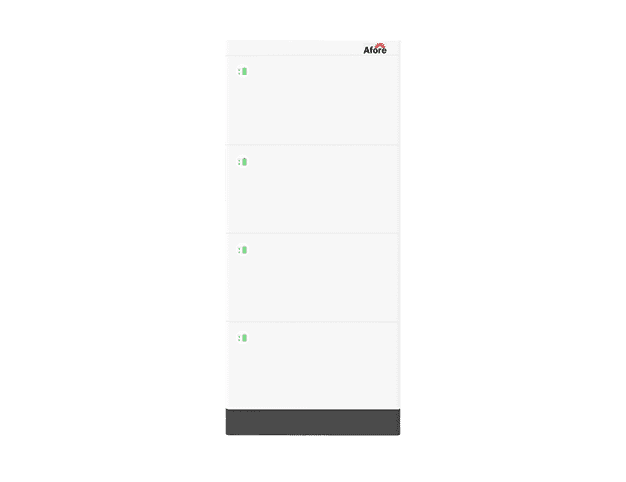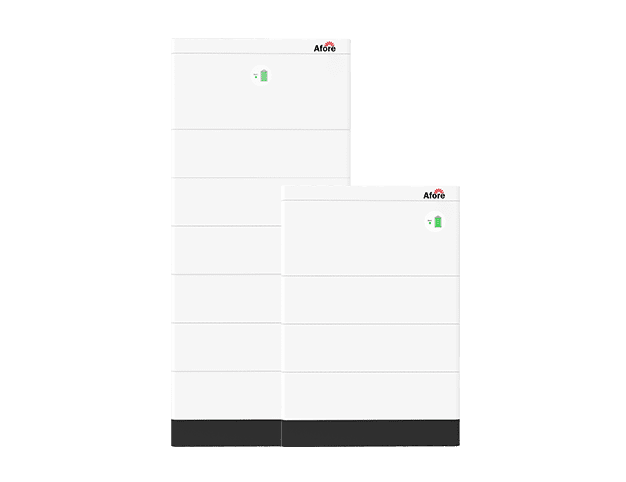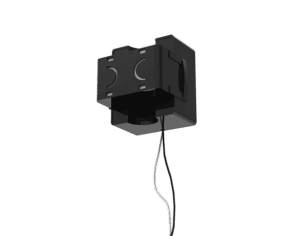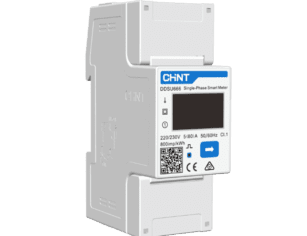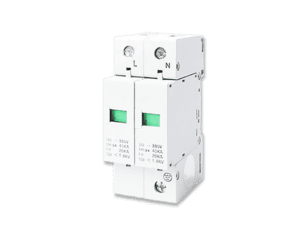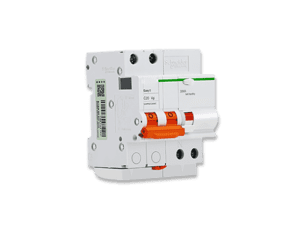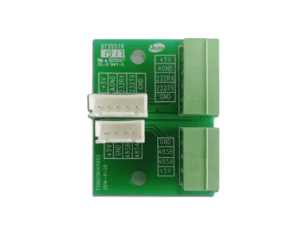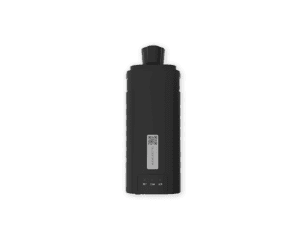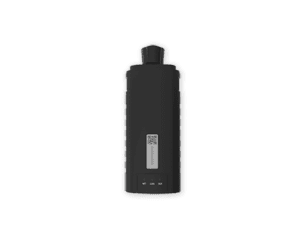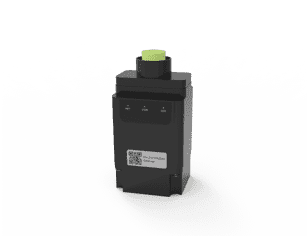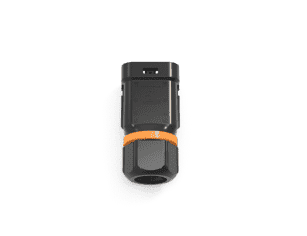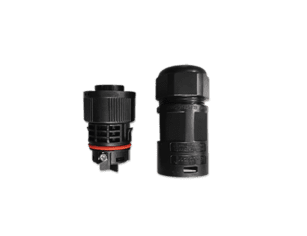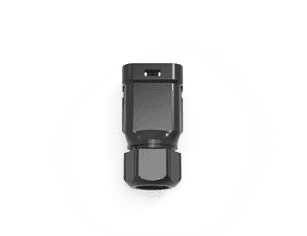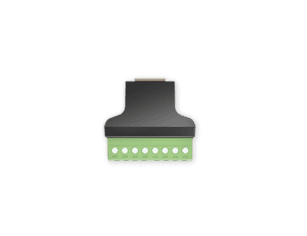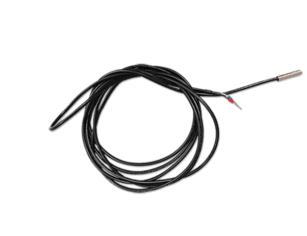How to Charge a Battery with Solar Panel—A Complete Guide

Table of Contents
Explore our guide for solar panel charging a battery; we provide an ideal solution for RV camping adventures or sailing trips and for those choosing to live off grid communities where solar charging ensures your devices remain powered, at all times.
In this guide, we are going to cover the basics, including how to pair panels with batteries, how to charge battery with solar panels and how to maximize charging efficiency, for optimal performance; then we will explore how, to charge a battery with solar panel in an effective way; in addition, we will learn about why it is very important to use charge controllers to preserve battery life in the long run.
Did you know a 30-watt solar panel can recharge a 100-amp-hour battery in a week? A 100-watt panel can do it in days. We’ll show you how to pick the right solar panel to better charge a battery with solar panel.
Let’s also go over the advantages and disadvantages of types of batteries and discover ways to increase their lifespan using solar energy technology. Take a look at our guidelines and learn to charge battery with solar and keep it in good condition.
You will have the expertise to build a device for solar panel charging a battery after completing reading this guide; this is an environmentally friendly solution. Let’s embark on the journey of solar panel charging a battery.

How Does a Solar Panel Charge a Battery?
Solar panel charging a battery has changed the way we use renewable energy; from gadgets to big houses, it provides power; to understand this, we need to know the parts and how they work together. Charge controllers are very important when you charge a battery with solar panel.
Understanding the Solar Charging Process
To charge battery with solar begins with solar panels absorbing sunlight and converting it into electricity outputting variable current levels. For instance, Monocrystalline panels can achieve an efficiency rate of, up to 22%.
A 100-watt solar panel can keep a car battery charged under full sun. Sunlight excites electrons in solar cells, creating electricity; this electricity goes to the battery.
Depending on the battery and sunlight, a 400-watt panel can charge a 100Ah battery in about three days. This is when it gets eight hours of sunlight each day.
Components Involved in Solar Panel Charging a Battery
Components involved in solar panel charging a battery will be introduced in the following part. The solar panel is crucial when you want to charge a battery with solar panel; there are different types, like monocrystalline and thin-film panels. Each has its own cost and efficiency.
Having a charge controller is crucial as it manages the flow of electricity and prevents overcharging situations from occurring especially when using MPPT charge controllers that can increase energy transfer efficiency by much, as 30%.
Different types of batteries are used in power systems. Lead acid and lithium ion being the most popular choices among them. Lead acid batteries require inspections and typically have a lifespan of 3 to 5 years. On the hand lithium ion batteries are known for being low maintenance and can last for more, than a decade.
Sometimes inverters might be needed in the process of solar panel charging a battery. It is important to choose the suitable inverter for your solar panels.
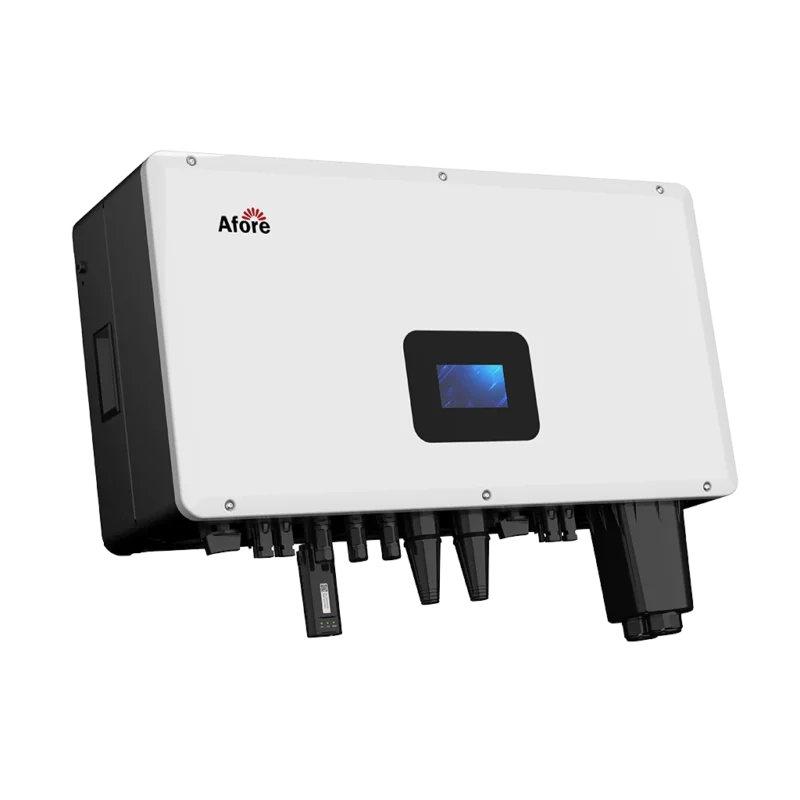
By the way, if you have the requirements to optimize your solar panel system, AFORE provides inverters of high quality including Single Phase Inverter and Three Phase Inverter; they are very good for residential and commercial use; you may take AFORE Hybrid Solar Inverter into considerations, which is highly recommended.

Why a Charge Controller is Essential
To effectively charge a battery with solar panel, incorporating a charge controller is essential as it oversees the regulation of voltage and current generated by the panels thereby guaranteeing the safe and efficient charging of batteries.
Without a charge controller, batteries can get damaged from overcharging. A 5-watt solar panel might not need one, but bigger panels do; charge controllers make the system more efficient, extending battery life and improving performance.
Choosing the Right Solar Panel for Battery Charging
Selecting the right solar panel is very important to charge battery with solar, on account of that it involves understanding the various types of solar panels and how they align with your battery capabilities. Let’s delve into the specifics to assist you in making a decision.
Types of Solar Panels
Before you charge a battery with solar panel, it is essential to learn about the types of solar panels. There are mainly three types of solar panels: monocrystalline, polycrystalline, and thin-film. Monocrystalline panels are very efficient, with a range of 15% to 22%; they’re perfect for small spaces. Polycrystalline panels are cheaper but less efficient. Thin-film panels are the least efficient but flexible and light, great for some uses.
Factors to Consider When Selecting a Solar Panel
It is also very important to consider, various factors when choosing a panel, for instance, ensure that the panels size aligns with your energy requirements and that it offers sufficient wattage and efficiency for optimal performance in powering your devices or appliances efficiently in line, with your battery’s capacity.
For example, a 100Ah battery usually needs a 150 to 200-watt solar panel; in addition, think about the charge controller you’ll use. MPPT controllers are very efficient, at 93-97%. PWM controllers, on the other hand, can lose up to 60% of power, slowing down charging.
Matching Solar Panel Power to Battery Capacity
It’s important to match the solar panel’s power to the battery’s needs when you want to charge battery with solar; a 100Ah battery needs about 150 watts to charge well. To figure out the total watt-hours needed, multiply the battery’s amp hours by its voltage (e.g., 100Ah × 12V = 1200 watt-hours).
Experts recommend including a 20% margin to the estimated panel wattage needed for charging performance of your solar setup. To illustrate this point further; if you aim to charge a 100Ah battery within a 10-hour timeframe a single 120-watt panel should suffice.
However, by using three 100 watt panels you can guarantee charging throughout the day take into account factors like sunlight duration weather changes and panel placement. Maintaining your panels through upkeep such as cleaning and adjusting their tilt angle also plays a crucial role, in ensuring their efficiency over time. By understanding these principles, you can charge a battery with solar panel effectively.
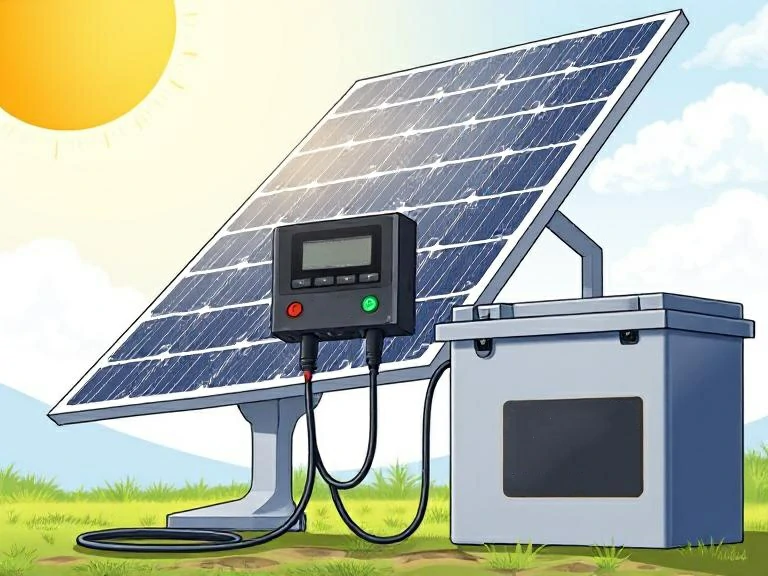
Step-by-Step Guide to Charging a Battery with Solar Panel
To charge battery with solar is an uncomplicated task that is ideal for recreational vehicles (RVs) boats or remote cabins without access to the main power grid. This handy guide provides step by step instructions, on setting up and maintaining your charger to help charge battery with solar and ensure optimal performance and longevity.
Connecting a Solar Panel to a Battery Using a Charge Controller
When you charge a battery with solar panel, begin by utilizing a charge controller to regulate the flow of power and safeguard your battery against excessive charging risks. Opt for a 400-watt panel for a 12 volt, 100Ah battery as it offers quicker charging due, to its elevated wattage and 23 % efficiency level.
Put your solar panel in direct sunlight and connect the panel’s positive wire to the charge controller’s positive input. Then, the negative wire to the negative input. Link the charge controller to your battery with the right wiring. Finally, make sure all connections are tight to avoid energy loss.
Charging a Battery Without a Charge Controller—Is It Possible?
It is generally not recommended to charge a battery with solar panel directly, as it can lead to overcharging and potentially damage the battery or reduce its lifespan significantly; utilizing charge controllers such as MPPT types is an effective approach as they can regulate the charging process to provide the optimal current, for your battery’s health and longevity.
Monitoring and Maintaining a Solar Battery Charging System
When you charge a battery with solar panel, it is vital to maintain the performance of your solar battery charging system. Begin by clearing your panel to guarantee it receives sunlight; additionally, inspect your connections. Confirm the charge controllers condition to prevent any issues.
Watch your battery’s charge level while you charge a battery with solar panel, more so in very cold or hot weather. Batteries charge best between 32°F and 77°F. A good charge controller with a display helps track and maintain your system.
By adhering to these guidelines and instructions provided here, you are able to effectively charge a battery with solar panel and have a durable lifespan in operation; you will soon possess a dependable solar powered battery charger at your disposal, for convenient use.
Best Batteries for Solar Panel Charging
Choosing the right battery when you charge a battery with solar panel is key; you have two main options: lead-acid and lithium-ion batteries. Each has its own benefits and things to consider.
Lead-Acid Vs Lithium-Ion Batteries
Lead-acid batteries are cheaper, costing about $260 per kWh; they’re reliable but don’t last as long as other types. They can last from 300 to 700 cycles for flooded types and up to 5,000 cycles for gel types.
Lithium-ion batteries cost a bit more, at about $271 per kWh. But they last much longer, up to 6,000 cycles at 80% depth of discharge. Even though they cost more upfront, they save money in the long run because they last so long.
Deep Cycle Batteries for Solar Energy Storage
Deep cycle batteries are ideal for capturing and storing energy efficiently providing consistent power, over extended periods of time making them well suited for off grid and backup setups. These batteries can handle a lot of charge and discharge cycles, which is indispensable to charge a battery with solar panel well.
How to Extend Battery Life When You Charge a Battery with Solar Panel
To ensure the longevity of your investment when you charge a battery with solar panel, be sure to adhere, to these helpful suggestions;
- Proper Depth of Discharge: Manage your battery’s depth of discharge (DoD) well; batteries with a higher DoD can last longer without losing power.
- Regular Maintenance: For lead-acid batteries, remember to keep them in good shape; it is also very important to regularly top up water levels and avoid letting them fully discharge.
- Temperature Management: Batteries work best in certain temperatures; keep them in the right temperature range to prevent damage and extend their life.
- Using Quality Charge Controllers: A good charge controller charges your batteries efficiently. It prevents overcharging and makes the most of your best solar charger for battery.
By using the right battery and providing maintenance to our solar systems, we can enhance their efficiency and lifespan significantly. This advancement plays a role, in promoting the economical use of energy resources.
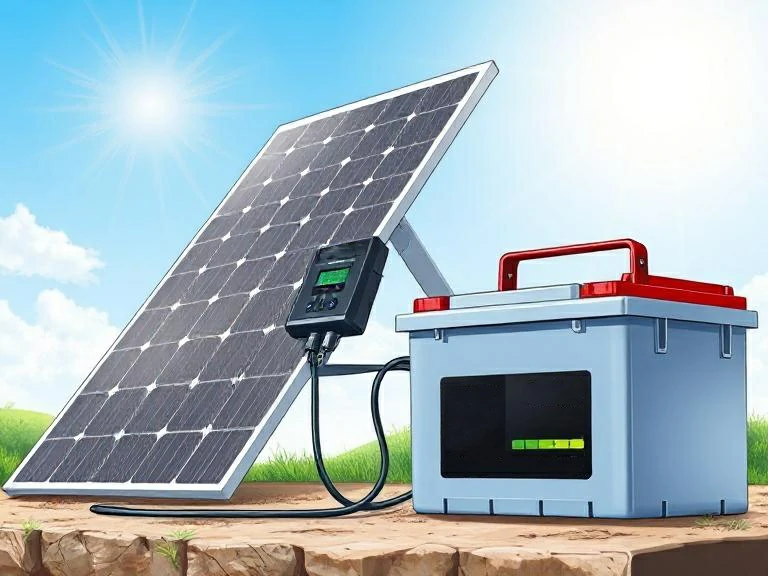
Common Issues When You Charge a Battery with Solar Panel and How to Fix Them
There are many benefits to charge a battery with solar panel; however, it is very important to know about common problems and how to solve them; knowing these issues can make your solar battery system work better and last longer.
Slow Charging or No Charging
Charging slowly or not charging all is a frequent issue that can arise due, to insufficient sunlight exposure or improper positioning of the solar panels causing shading which decreases their efficiency; to fix this, make sure your solar panel gets plenty of sunlight; also, check if the connections are tight and clean. Bad connections can slow things down.
Overcharging the Battery
If you charge a battery with solar panel beyond its capacity, it can lead to swelling and reduced efficiency or even leakage—an indicator of an issue, with the battery health status. Many charge controllers come with a safety feature that prevents overcharging.
Testing the effectiveness of this measure is important; using a solar panel battery maintainer helps control the charge flow and manages battery temperature to prevent overheating and overcharging efficiently.
Battery Draining Too Quickly
If your devices battery dies quickly while you charge a battery with solar panel, it could be due, to its age or malfunctioning; it’s important to monitor the health of your battery. Keep an eye out for any indications of damage.
Don’t forget to ensure that the voltage remains evenly distributed across all connected batteries in a series. Utilizing a Battery Management System (BMS) along with battery monitors can be quite beneficial in this regard too; in addition, performing checks on the terminals and keeping an eye on electrolyte levels can also go a long way, in maintaining battery health.
By addressing and resolving these issues proactively you can enhance the performance of your solar battery setup; routine inspections and proper maintenance, with tools can significantly extend the lifespan of your system and ensure its consistent operation.
Advantages of Charging a Battery with Solar Panel
There are many benefits to charge a battery with solar panel; these go beyond just making things easier for us. Let’s look at the main advantages.
Cost Savings Over Time
Harnessing the power of the sun can reduce our reliance on energy sources resulting in significant long term savings. Homeowners could potentially experience a decrease of 30%, in their electricity expenses.
They can use stored solar energy when it’s most expensive; the cost of solar battery banks is high at first; however, it’s worth it in the long run. A lithium iron phosphate (LFP) battery, for example, costs about $500. It can last up to 10 years; this makes it a better deal than cheaper batteries that need to be replaced often.
Off-Grid and Portable Charging Solutions
Solar panels provide off grid charging solutions that enhance our independence in areas lacking traditional power sources; in addition, enable us to power on the go for activities such as camping or, during unforeseen emergencies.
Eco-Friendly and Sustainable Energy Source
Using solar technology is also eco-friendly. It helps reduce our carbon footprint and makes our planet cleaner; solar panels make electricity without harming the environment; they’re key in fighting climate change. Solar tech has also gotten better, with some systems now over 90% efficient.
In short, solar panels for charging batteries are a smart choice; they save money, offer freedom, and help the planet; they’re a great investment in sustainable energy.
Conclusion
Charging a battery with a panel has many benefits, like saving money and energy independence while also supporting eco-friendly habits.
This manual has outlined steps, for establishing a solar power battery charger effectively. Selecting the solar panel, be it monocrystalline or polycrystalline, is very important to ensure optimal charging of your battery.
Using a 100-watt solar panel can charge small 12V batteries in a day. Ideal conditions are needed for this; an MPPT charge controller can make charging faster and more efficient.
Choosing the right battery, like lithium-ion, is also key. It charges quickly and lasts longer. This makes your solar charging system better.
We hope that this guide will assist, you in initiating the process of incorporating solar energy to power your tasks in a manner that is both environmentally friendly and sustainable.
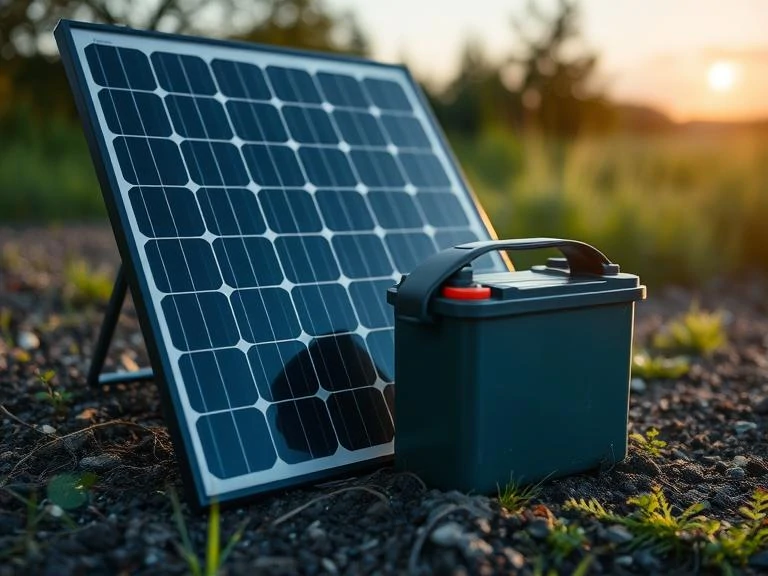
FAQ
What is the basic process of charging a battery with a solar panel?
When the sun rays touch a panel, it generates electricity which then gets stored in a battery. To avoid overcharging a charge controller regulates the flow of electricity.
What components are essential for solar battery charging?
You need a solar panel, a charge controller, and a battery; you might also need wires, mounting hardware, and sometimes an inverter.
Why do we need a charge controller for solar battery charging?
A charge controller controls the voltage and current from the solar panels to the battery. It prevents overcharging, which can harm the battery.
What types of solar panels are available for battery charging?
There are monocrystalline, polycrystalline, and thin-film panels; monocrystalline panels are the most efficient; polycrystalline panels are less efficient but more affordable.
How do we connect a solar panel to a battery using a charge controller?
First, connect the charge controller to the battery correctly; then, connect the solar panel to the charge controller. This setup protects the battery and ensures safe charging.





